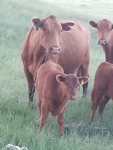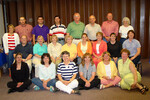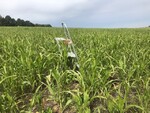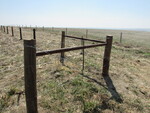Posted date: Mar 17, 2020
by: Admin My Local Life
921 Views
Today, March 17, 2020, Governor Laura Kelly announced all school facilities will be closed for the remainder of the 2019-2020 school year. This will place tremendous hardship on our families and staff, and impact the social and emotional well-being of our students.
We have been working on contingency plans since mid-March, including how we can meet the ongoing learning needs of our students and provide breakfast and lunch for our students.
Please understand, there are many unanswered questions as to how every aspect of your child’s education will proceed from this point. During the week of March 23-27, staff and admin will be meeting to formulate and communicate these plans. To be sure, we are fully engaged in putting together a plan that allows our seniors to graduate on time and all other students to proceed to the next grade in preparation for the 2020-21 school year.
Please be patient with us as we work out these plans.
Our staff and board of education are also working on other critical issues, such as what this means for our seniors, how this will affect the next school year and what impact this will have on our employees. We will provide updates on these issues as soon as the information is available.
We are committed to working together as a community to support one another throughout these unprecedented times, and communication will remain a top priority. Please stay tuned to Remind, Facebook, and Indian News for all updates regarding this unprecedented development.
As a reminder, this school closure is in response to the current public health crisis. The focus should remain on preventing the spread of the coronavirus, or COVID-19 as it is also referred to.
Please be mindful of the following:
- Wash your hands frequently with soap and water for at least 20 seconds.
- Cover your nose and mouth when coughing and sneezing (cough/sneeze into your sleeve or a tissue).
- Please keep sick children at home.
- Avoid close contact with anyone with cold or flu-like symptoms. Follow additional guidance from these sources:
- National Center for Disease Control (CDC)
- Kansas Department of Health and Environment (KDHE)
- (local health department link)
Signed: Superintendent Mark Penka and the USD 297 Board of Education








